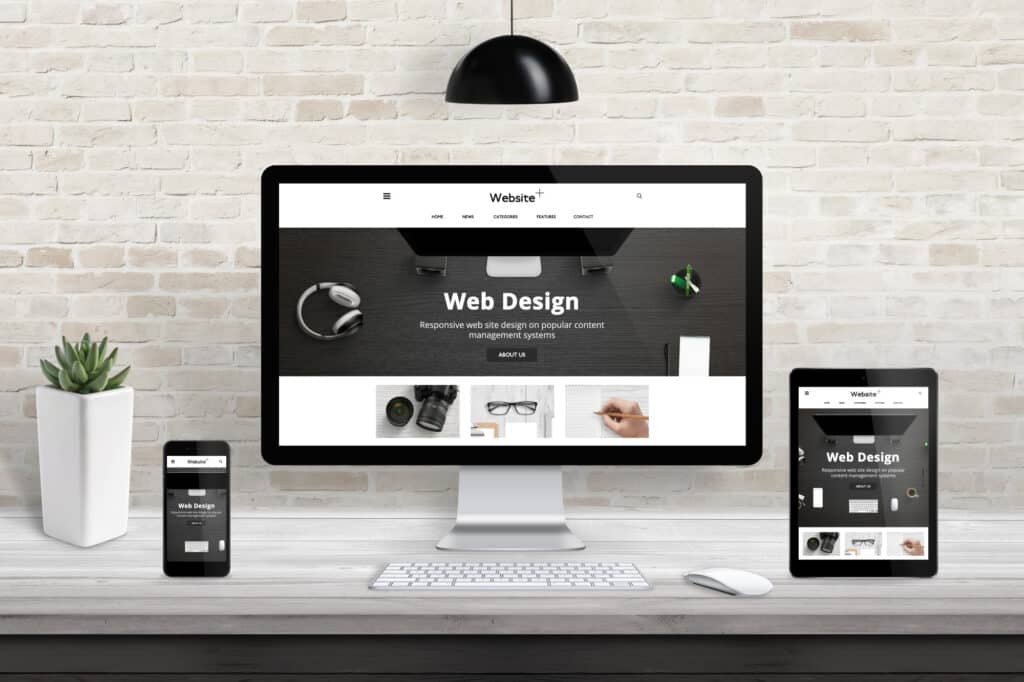What Are the Main Types of Websites for Businesses?
If you want to have a website for your company, you have a few options to choose from. Here are the best types of websites.
More than 5 billion people use the internet today. Therefore, if you run a business, having a website is essential for getting your firm's name in front of this worldwide audience.
But what are the main types of websites used by successful companies? There isn't a one size fits all solution, and it's critical to know which kind of site will work best for your business. That's why we're going to look at the different types of websites and how they can help you grow your customer base.
Keep reading to learn more.
Brand Website
A brand website tells consumers everything they need to know about your business. They'll see your company's colours and logo, be able to read what your company does, and get a feel for why they should buy your products and services. Even if you own a brick-and-mortar store that doesn't offer online sales, you should still have a brand website.
However, you can't simply put up one or two average-looking pages and hope that'll be enough. Remember that people will decide if they want to do business with your firm based on these pages. Therefore, you need to have a beautiful website layout and ensure people can easily navigate your pages.
If you're unsure how to create a stunning website, you may find it's best to hire a professional web design firm.
Ecommerce Website
One of the most common website styles is an eCommerce site. With the explosion of online sales, huge numbers of consumers are setting up their own websites to sell goods globally. If you own a site, this also means you can avoid paying the commission fees charged by platforms such as Amazon and eBay.
As there's so much competition online, it's important to make your eCommerce site stand out from the crowd. A simple tip is to use plenty of white space and to use only the highest-quality product photos and videos. If you're looking to help your site climb the search engine rankings (and you should be), you should also use the latest SEO techniques.
Landing Page Website
When building a website, people often take too long because they're trying to include too much information. But, when you create a landing page site, there is usually only one goal in mind. This could be to make sales, get consumers to sign up for your email list, or to share links to your products with their friends and family.
A landing page has a clean and clear design, ensuring consumers don't get distracted from the main aim. There is also a call to action that tells people exactly what you would like them to do after reading the page.
Portfolio Website
A portfolio website is ideal if you provide creative services such as artwork or photography. You can post the best images of your work, and people can view these pictures if they need a professional with your skillset.
But, it's important not to make your site somewhere people go just to browse your pictures. This could lead to potential customers leaving your pages without providing their contact details or making a purchase. When designing a website for your portfolio, make sure you also have a call to action that encourages customers to get in touch.
Blog Website
A blog website aims to attract online traffic by providing people with helpful and interesting information. Your blog could be about any topic you like, and there is likely to be one of these types of websites for just about any interest or hobby you can think of.
Blogging websites can also make money in various ways. This could be from selling ad space if they have a sizeable number of visitors. In addition, many bloggers use third-party affiliate links.
When someone makes a purchase using one of these links, the blogger receives a commission. If you would like to set up a blogging website, it can be a quick and easy process.
Knowledge Hub Types of Websites
Knowledge hubs are similar to blogging websites, but they often contain more resources. As well as having blog articles, a knowledge hub may also provide video content or podcasts for users that prefer to consume their content in visual or audio formats.
If your knowledge hub site contains excellent information, you could build a following by advertising it on platforms such as social media sites. This can be a brilliant way to create an authoritative site with a large audience.
Subscription Website
Subscription websites charge users a fee to access their pages. One of the most popular subscription models is to offer a free version where consumers can view a limited amount of information. There will then be the option to pay to view further content.
The key is to have a substantial fan base so you can generate enough subscriptions to make a reasonable amount of money. You also need to provide subscribers with fresh content regularly to prevent them from becoming bored and quitting their membership.
Contact Jumpworks to Discuss Your Website Needs
Now that you know about the various types of websites, you can design and build the site that's the best fit for your business. You can then look forward to attracting customers and making more sales.
At Jumpworks, we specialize in building bespoke WordPress websites that give your customers an amazing browsing experience. We can help you keep your clients on your site for longer, and encourage them to move to the next step in your sales pipeline. With full support available, your website will always look professional and give customers a terrific impression of your business.
To discuss your website needs, contact our friendly Jumpworks team today.




